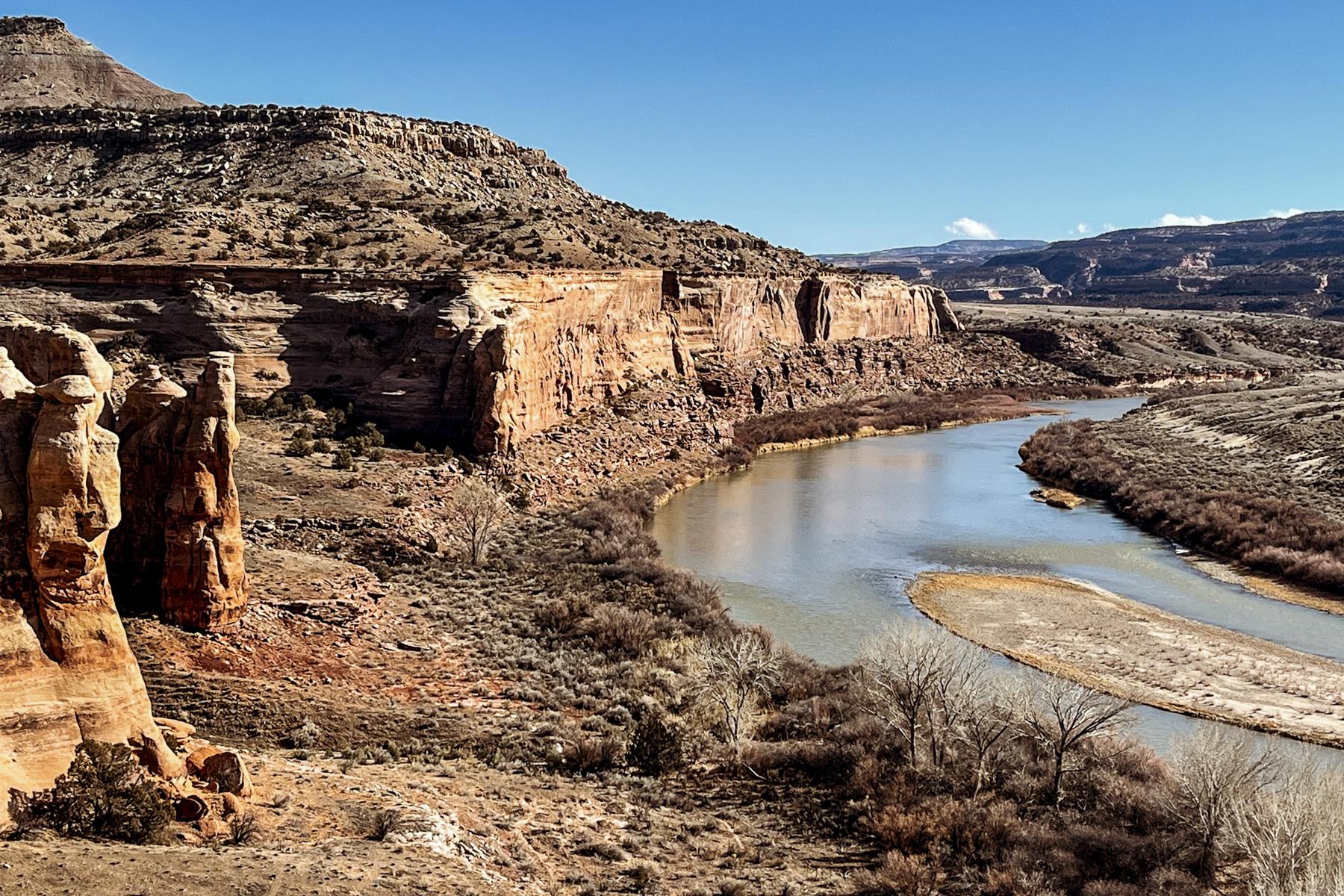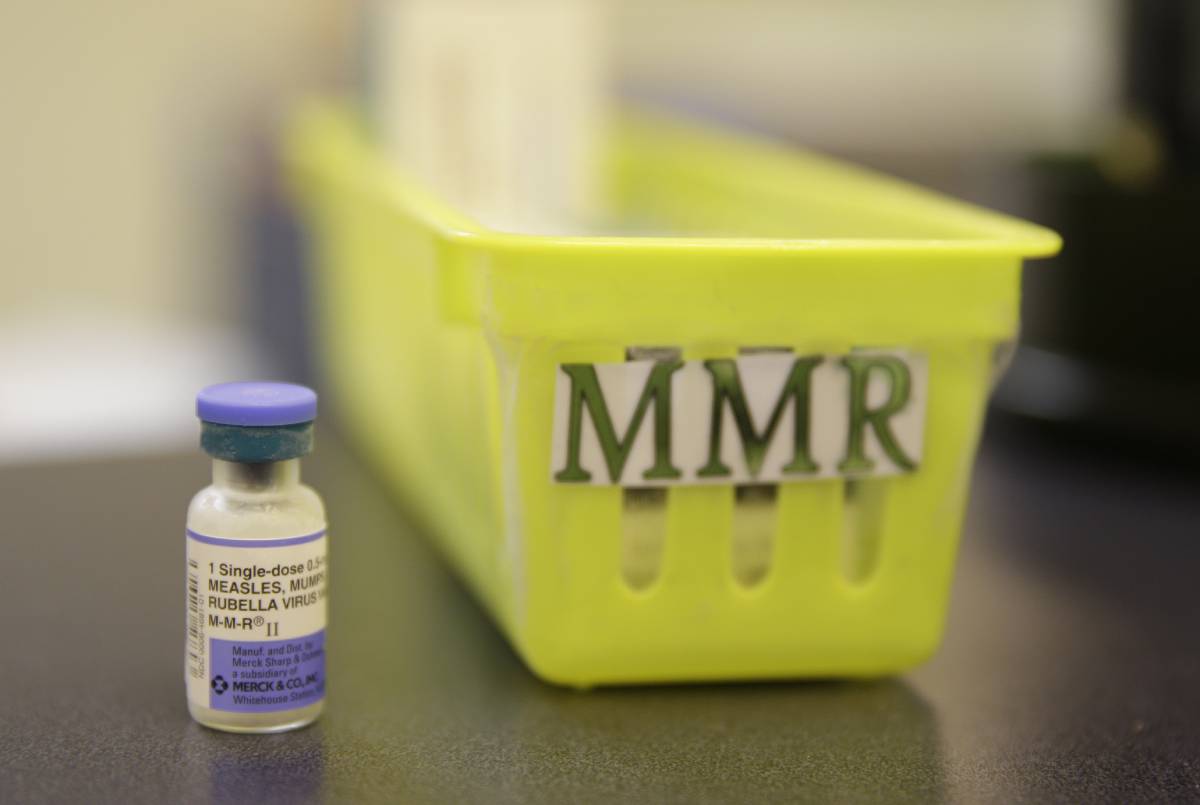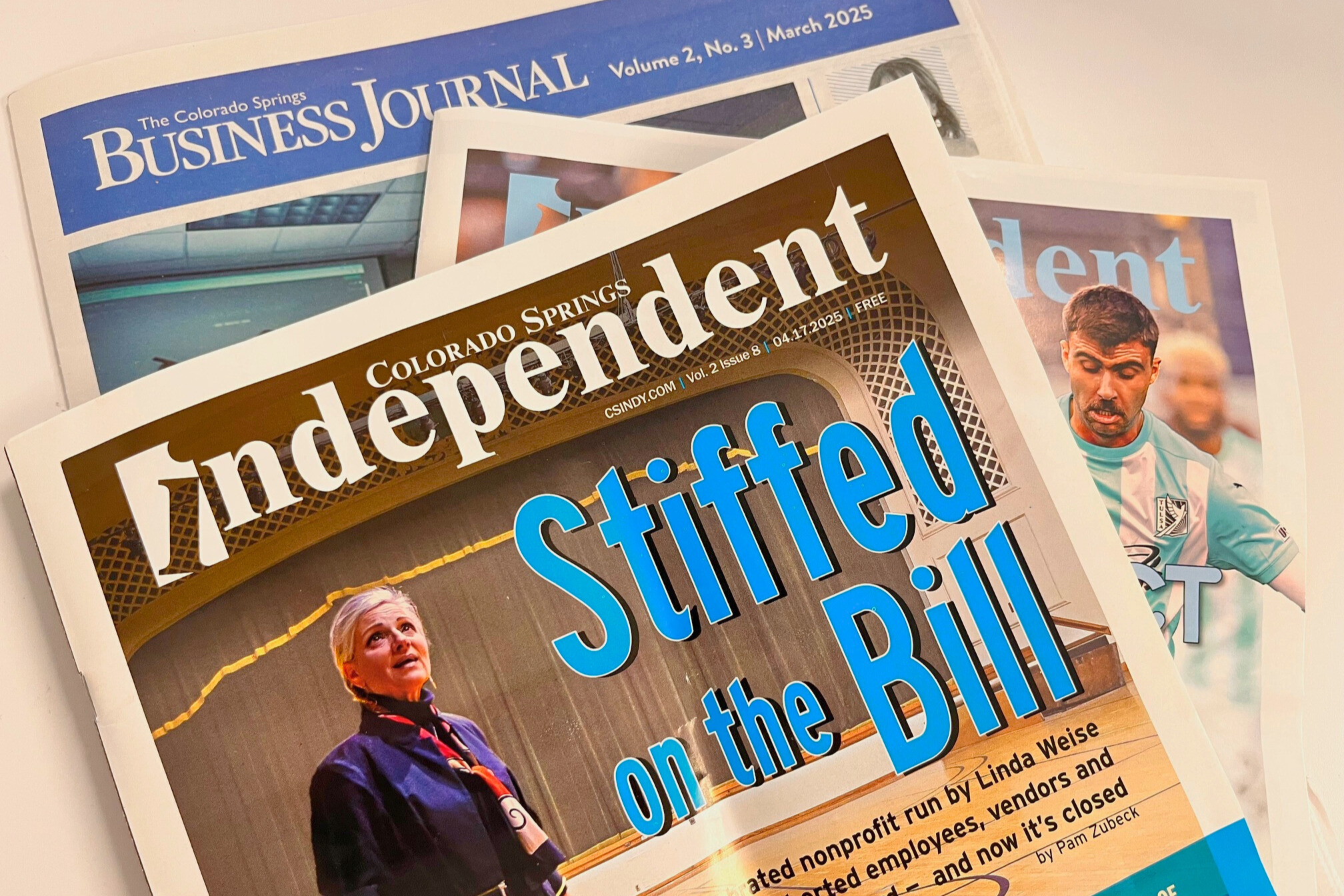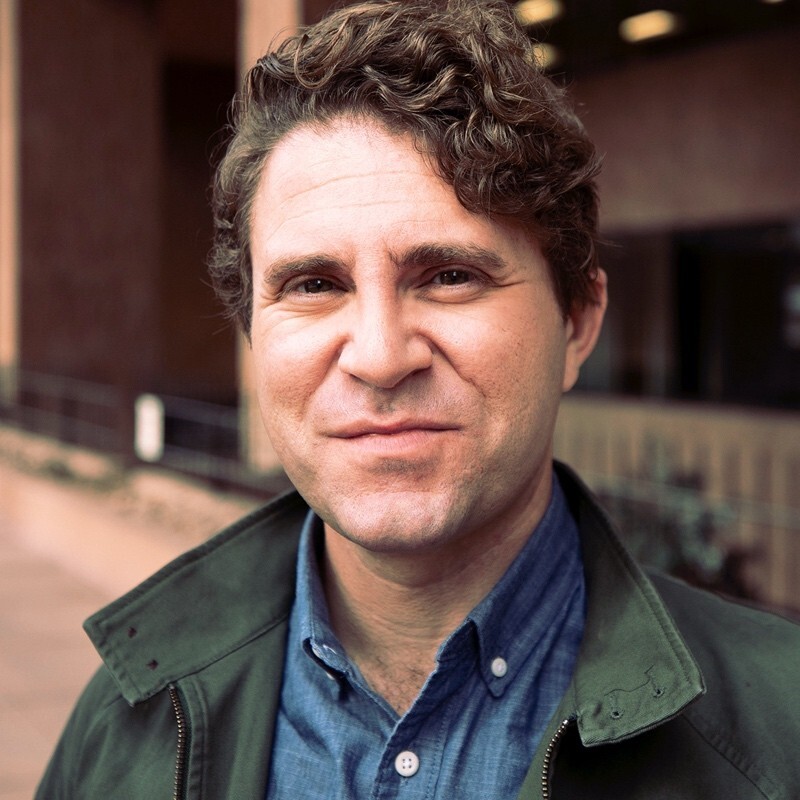
Walk along Pearl Street in Boulder and you’ll spot more than a dozen images of cats, dogs and portraits — all signed with a ubiquitous “SMiLE.”
That’s the nom de guerre of the anonymous street artist and long-term Boulderite whose art can be found all over the city, on buildings, newspaper stands and mail and electrical boxes. As his popularity grows, it’s amazing his cover has not yet been blown.
Though, he’s had some close calls.
“For the most part, it’s younger people that will be out at night,” SMiLE says of people who have seen him painting. “They’ll be like, ‘Are you SMiLE?’ They run up, give me a high five and wanna… buy me a beer.”
That doesn’t stress him out. “There’s an excitement to know or to not know who the artist is,” SMiLE says. He finds that people "don't want to tell others" if they know who he is. The Boulder Police Department, however, is interested in trying to learn his identity.
“The graffiti ordinance is very black and white,” says Shannon Cordingly, the police department's public information officer.
The law prohibits “intentional painting, scratching, or coloring (with any contrast medium whatsoever) of any public or private property except by permission of the owner of private property, the city manager, in the case of city property, or the supervisory officer of any other public property.”

Many businesses have chosen to leave SMiLE’s work up. Cordingly says they tend to let the owners of private property make that decision, as some “in the community do deem the work to be art.” But if SMiLE paints on public property, things like mailboxes and electrical boxes, then it must be removed.
Breaking the law and the possibility of jail time doesn’t deter SMiLE. He says laws like the city’s graffiti ordinance feel “outdated,” but he’s not out to be antagonistic.
“I do consider the community,” he says of where and what he paints, “but not the law.”
There are areas in Boulder where street art is permitted, such as the Legal Graffiti Wall and some Boulder businesses have offered up their walls. Cities around the world have similar designated legal graffiti areas.
But the key word here is “permission” — something SMiLE is not likely to seek out anytime soon. Why? The idea of painting where he should not gives him a thrill.
When it comes to street art in other cities about the size of Boulder, permission is the important factor. Boise abides by Idaho state law when it comes to graffiti. It’s official code defines graffiti as “any form of painting, writing, or inscription regardless of the content or the nature of the materials used which is applied to any public or private surface without the consent of the owner of the property.”

The fines are not as hefty in Santa Fe, New Mexico. The city’s government website says that when offenders “are apprehended, they face fees of up to $500. In addition to administrative fees, taggers are subject to criminal prosecution which could include fines and or jail.” There appears to be zero wiggle room on the consent aspect.
- Five Questions: 'Outside In 303' Artist Javier Flores
- 'City Of The Sun': What Inspired This Denver Public Art Mural
SMiLE isn't the only one creating street art in Boulder. This year you'll see more of it because the city has a new public art plan and one goal is to open the door for more sanctioned street art.
“We can't really go down the road of condoning vandalism, but it is important that we understand our community's desire for lots of different vibrant work to happen,” says Matt Chasansky, the manager of Boulder's Office of Arts and Culture.
In April, Boulder will commission its first pieces under the plan, and it will also offer support to community groups that want to bring art to public spaces. These efforts do include a more formal program for murals.

"This has got to stay flexible to the changing needs of this form,” Chasansky says. “So we’re not pretending it’s going to solve all those problems."
If the law ever did change, or if the city reached out with SMiLE to work with him, he says this work may lose some of its allure.
"I think part of the thrill for me and for the audience is seeing something that they know is illegal,” he says.
SMiLE spoke with Colorado Matters host Ryan Warner. He agreed to speak to CPR News if his voice was masked for the broadcast.
Conversation Highlights With SMiLE
Why the moniker:
"My idea behind the name is I want to bring people into the moment. I want them to see stuff randomly on a mailbox, or anything in the middle of town, and smile. Forget about whatever they’re worried about or whatever they’re ruminating about in the future and just be present for one five-second stretch.”
Why street art:
“Basically my whole life I’ve been into art. When I was young, I was in art shows. So I saw that gallery side of the whole thing with curators. And I enjoyed it, but I felt a little bit like it was an antique market -- something that’s been around 500, 600 years. It didn’t really feel like the next step. It felt [stale]. I got a thrill coming to Denver as a kid. My dad would bring me to the zoo or a football game and the thing I would remember was the graffiti.”
On his ethics about where and what he paints:
“I try to be respectful... and take into consideration the ways it will affect the people that own the property or use the area where I put the painting... On a whole I avoid private property in terms of non-city, for example somebody’s car, somebody’s home, somebody’s garage -- something that’s a personal thing. If it’s more of a corporate thing or, for instance, if I see there’s graffiti on the side of a building, they don’t clean it off, they neglect it, then immediately I’m like ‘Wow, that looks ugly right now and it’s a prime target to have something pretty on it. I do draw a distinction… and [there are] different factors that lead me to say, ‘Hey, these people are going to appreciate it and enjoy it on the building.”
On whether his parents are onto him:
“My mother called me and said, ‘Hey, I’m seeing this stuff around town and it looks like the stuff you used to draw [as a kid]. That’s how she found out. My parents evolved into liking it. At first, they were like, ‘What are you doing? Don’t go to jail. Do you think you’re Banksy?’ But now they’re totally in on it.”

CPR’s arts reporter Corey Jones contributed to this report
Read More: SMiLE, Boulder: Mysterious street artist treads line between beauty, vandalism (via Daily Camera)









